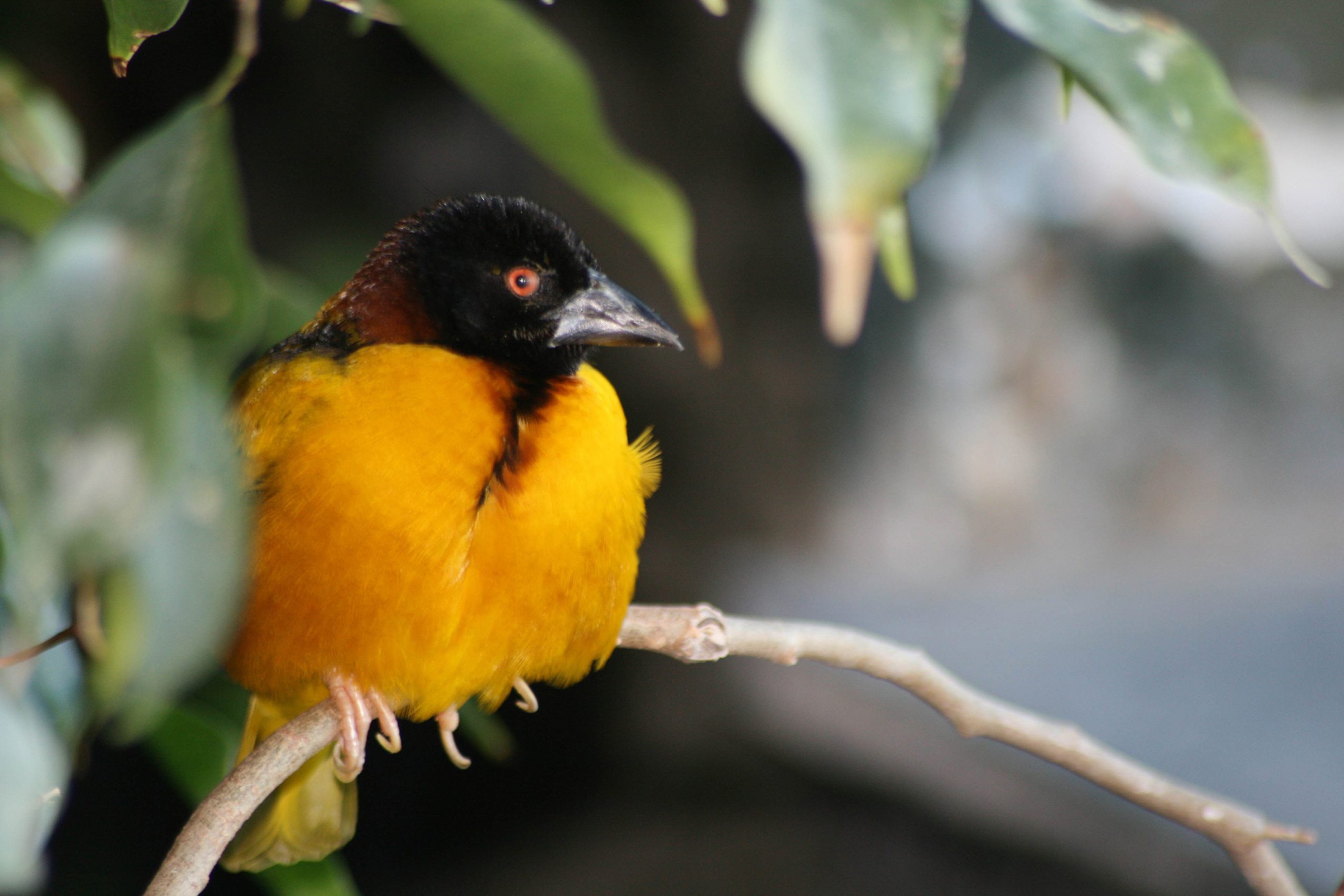Catherine Ellis
Climate Change and Forest Biodiversity
What is biodiversity?
Biodiversity is the range of life-forms and species that exist within a given ecosystem. Within forest ecosystems there are varying degrees of biodiversity depending on the forest’s ability to support many diverse species. Species present in a forests’ ecosystem exist due to adaptation to the climatic conditions and inter-relational dependence on other present species. For example, the Amazon rainforest is home to 2,500 tree species which host over over 3 million species.
Biodiversity is key to a resilient society as balanced forest ecosystems support food security, maintain fertile soils, store carbon, and control outbreaks of diseases and pests.
Impacts of Climate Change on Biodiversity
Human-induced climate change has been negatively impacting forest biodiversity in a number of ways,
- Expanding human population into protected forests
- Industrial agricultural land-use change
- Mono-culture tree plantations
- Global warming leading to extreme weather events
The biodiversity of forest ecosystems are affected when species cannot adapt to the climate and land differences fast enough. Presently, an average of around 25% of species assessed in animal and plant groups are threatened, suggesting that around 1 million species already face extinction, many within decades, unless action is taken to reduce the intensity of drivers of biodiversity loss1.
How does tree planting relate to biodiversity?
As deforestation, forest degradation and rising global temperatures are recognised key drivers of biodiversity loss there has been a focus on increasing forested land through tree plantation efforts.
Forests act as carbon sinks whereby they absorb carbon dioxide from the atmosphere – which is key to reducing heat-trapping greenhouse gases that contribute to global warming. Increasing forested land is therefore key to climate mitigation and it’s strategy to improve biodiversity is two-fold:
- Increase and improve forested land to support biodiverse ecosystem
- Absorptions of atmospheric carbon which reduces global warming
Large scale tree plantation programs and pledges have been formed such as The Bonn Challenge: a global goal to bring 350 million hectares of degraded and deforested landscapes into restoration by 2030. Additionally, the EU Biodiversity Strategy 2030 commits to a long-term plan to protect nature and reverse the degradation of ecosystems by planting 3 billion trees. These are known as ‘land-based mitigation’ strategies.
Considerations for tree planting and biodiversity
Land-based mitigation strategies have been found to be based on scenarios that only consider the effects of change in atmospheric carbon and neglect the resulting impact of land-use change on biodiversity. As such, there is conflicting evidence for whether such strategies are beneficial or detrimental to global biodiversity levels.
To ensure strategies achieve their goals of mitigating climate change and improving biodiversity, there are a number of considerations for implementation.
Improving Natural Forest Regeneration
Maintaining the provision of existing habitats for birds and animals in indigenous forests results in higher biodiversity than that in plantation forests established following clearing. Allowing already-existing forests to naturally regenerate can result in more trees at a lower cost than planting2.
Implementation of Tree Planting
Plantation forest supports greater biodiversity than that in adjacent agricultural land use however, the type of species used must be considered to aid existing species and prevent introduction of invasive species3.
Land-Use Change Leading to Habitat Loss
In mitigation scenarios, large proportions of land is converted from a treeless ecosystem to an area for afforestation and bioenergy crop production. Whilst carbon uptake is improved, the introduction of trees threatens the previously biodiverse treeless ecosystem as numerous species’ habitat is drastically altered4.
Does investing in tree planting help biodiversity?
Globally, a net-benefit to biodiversity has been found with stringent land-based GHG mitigation with climate stabilizing benefits only being apparent on a long-term scale as new tree plantations grow and their ability to absorb carbon increases.
Strategies that involve greater land-use change are found to cause greater biodiversity loss due to alteration of species’ habitats. This is reflected regionally with areas such as Europe and Oceania as their greater reliance on land-based mitigation efforts is expected to cause a loss in biodiversity5.
The fine balance between biodiversity loss and benefit displays that simplistic tree planting strategies are “not automatically synonymous with biodiversity”5,2. Where possible, efforts should be placed in regenerating natural forests and supporting regrowth of naturally occurring species.
Tree planting initiatives that address GHG mitigation with the goal of improving biodiversity should consider planting on an area-by-area basis with a holistic outlook to support the existing ecosystem rather than prioritising large-scale tree planting.
Sources
- IPBES (2019): Summary for policymakers of the global assessment report on biodiversity and ecosystem services of the Intergovernmental Science-Policy Platform on Biodiversity and Ecosystem Services.
- Selva, N., Chylarecki, P., Jonsson, B. and Ibisch, P., 2020. Misguided forest action in EU Biodiversity Strategy. Science, 368(6498), pp.1438.2-1439.
- David Whitehead, Forests as carbon sinks—benefits and consequences, Tree Physiology, Volume 31, Issue 9, September 2011, pp.893–902
- Gómez-González, S., Ochoa-Hueso, R. and Pausas, J., 2020. Afforestation falls short as a biodiversity strategy. Science, 368(6498), pp.1439-1439.
- Ohashi, H., Hasegawa, T., Hirata, A. et al. Biodiversity can benefit from climate stabilization despite adverse side effects of land-based mitigation. Nat Commun 10, 5240 (2019).

